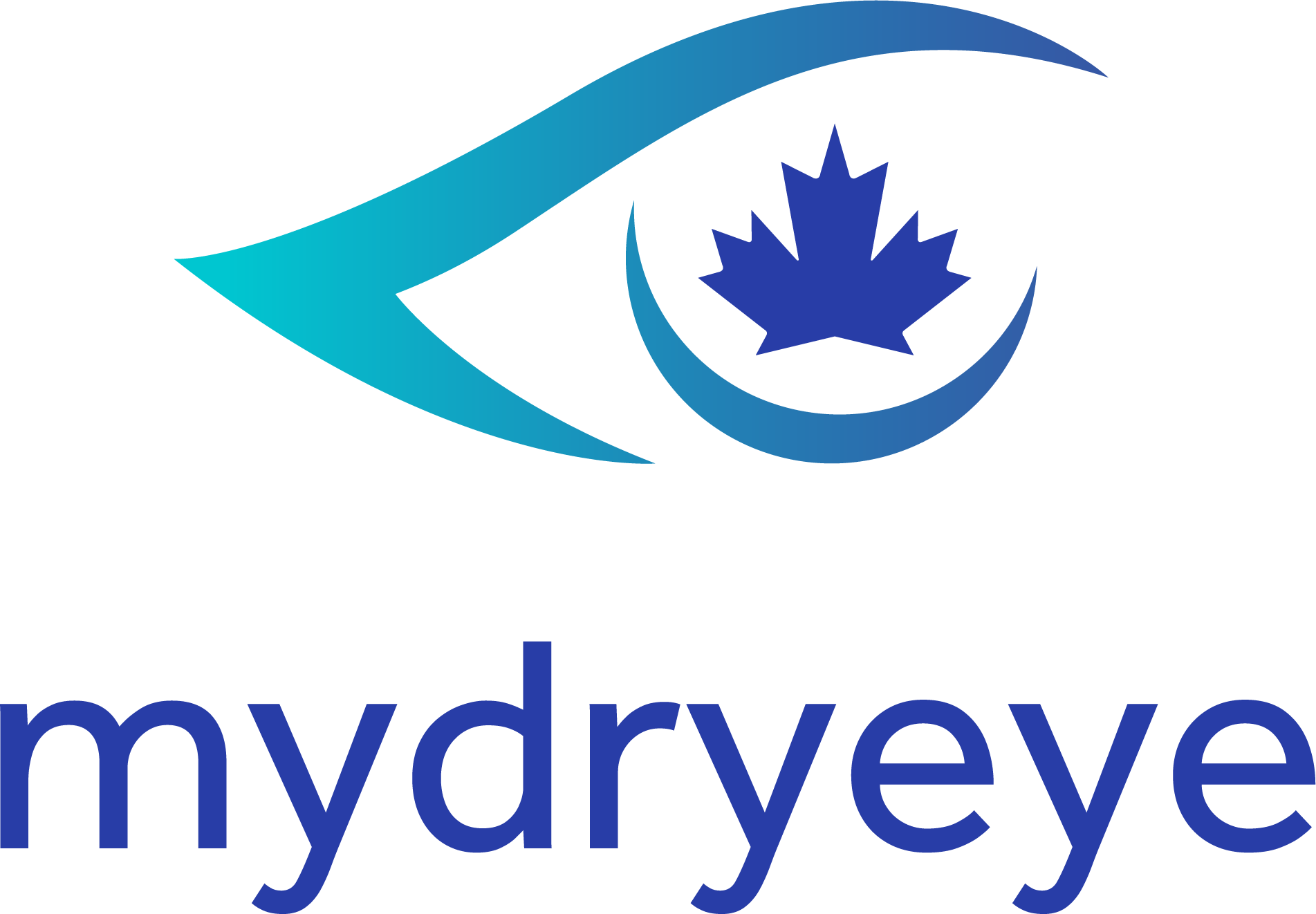
A Japanese study of young to middle-aged office workers using computers showed a significant relationship between dry eye disease (DED) and lower job performance. After analyzing the data, the researchers determined dry eye disease was responsible for productivity losses of over $6,000 per employee.
Another study found that even though DED had very little impact on employee absenteeism, it had a marked impact on workplace performance. Workplace performance was determined to be reduced by 30% due to DED. This same study found that 73 % of the employees were using some type of over the counter dry eye drops either twice or three times per day, yet only 37% of these employees experienced symptom relief.
Other studies have shown that 79% of employees say they suffer from at least one visual disturbance at work daily and 53% admit to taking at least one break every day due to uncomfortable eyes.
The number one complaint among these study respondents was tired eyes (affecting 47% of respondents). Approximately 33% complained of dry eyes and blurring vision. Another 18% reported that their eyes tear or water.
Interestingly but not surprisingly, with respect to time of day, the reported symptoms were lowest in the morning with only 8% reporting morning issues. By afternoon the number had risen to 32%. By the time the employees were at home in the evening, 24% were still reporting dry eye symptoms.
These studies show us that dry eye has a definite impact on quality of life and workplace performance. There may be potentially millions of dollars of lost productivity due to DED.
Finally, a large U.S. study found that 69% of dry eye disease sufferers had not seen an eye care provider.
Certainly, there is room for improvement.


